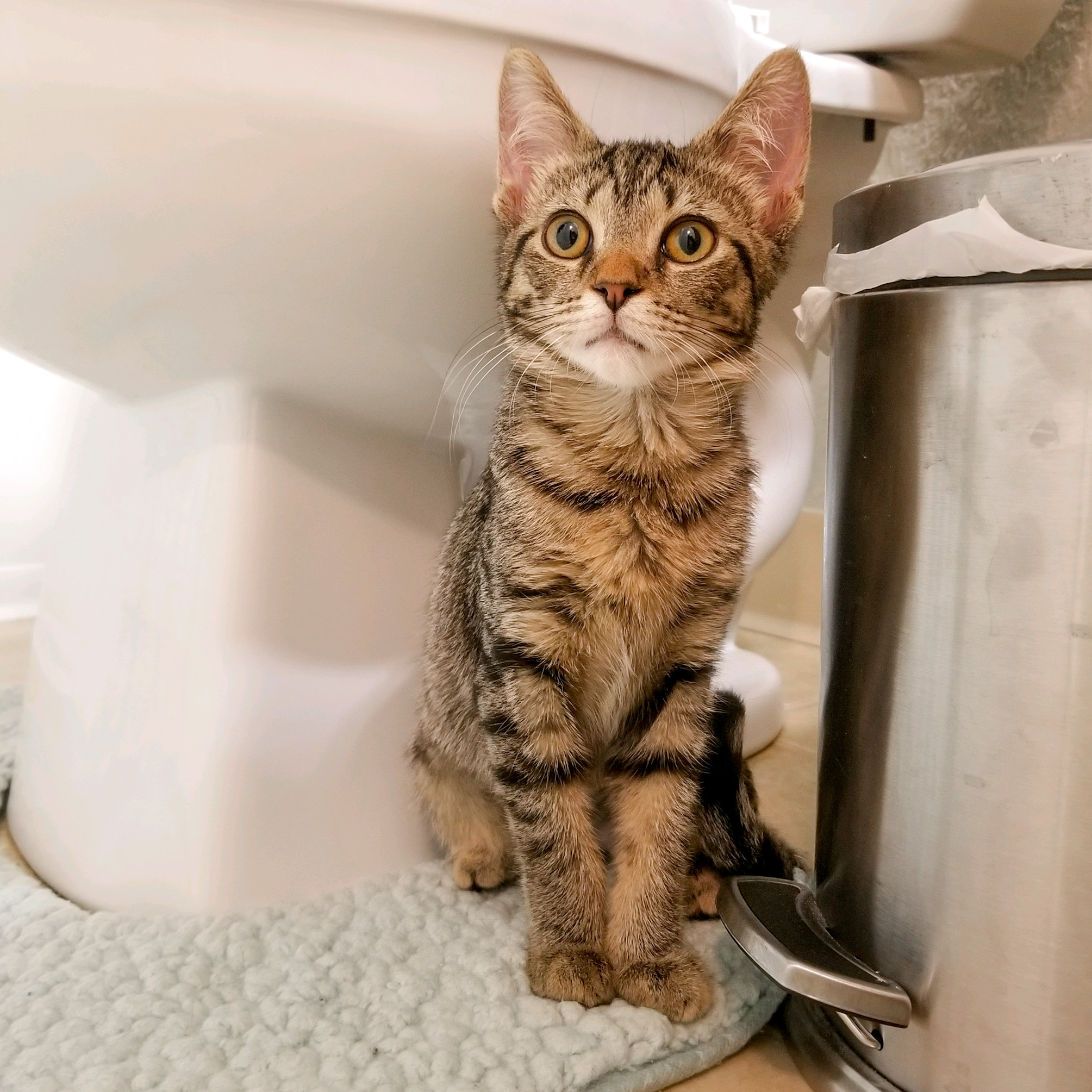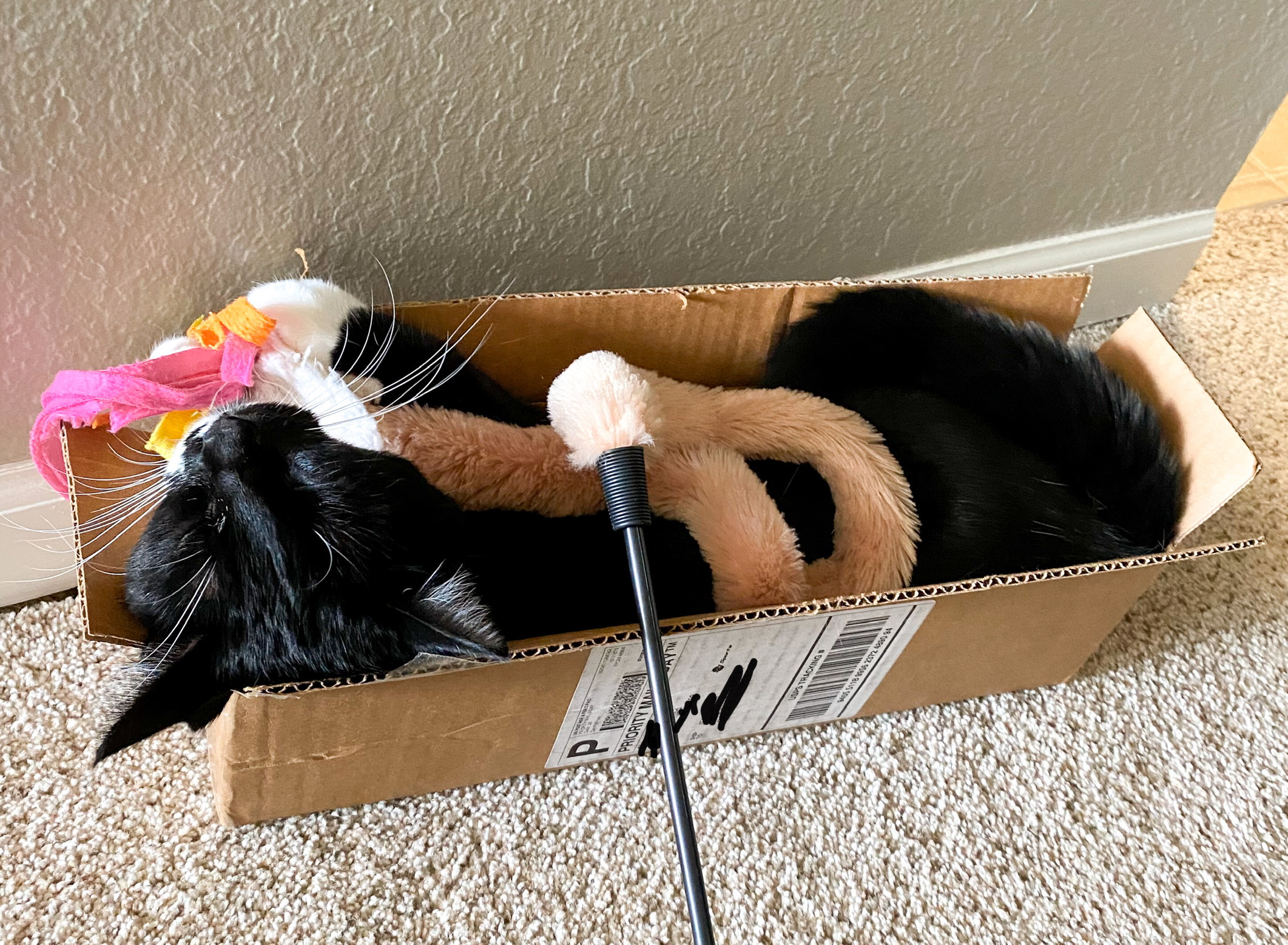
Top 10 Things To Buy Before Bringing Your New Cat/Kitten Home
October 9, 2020
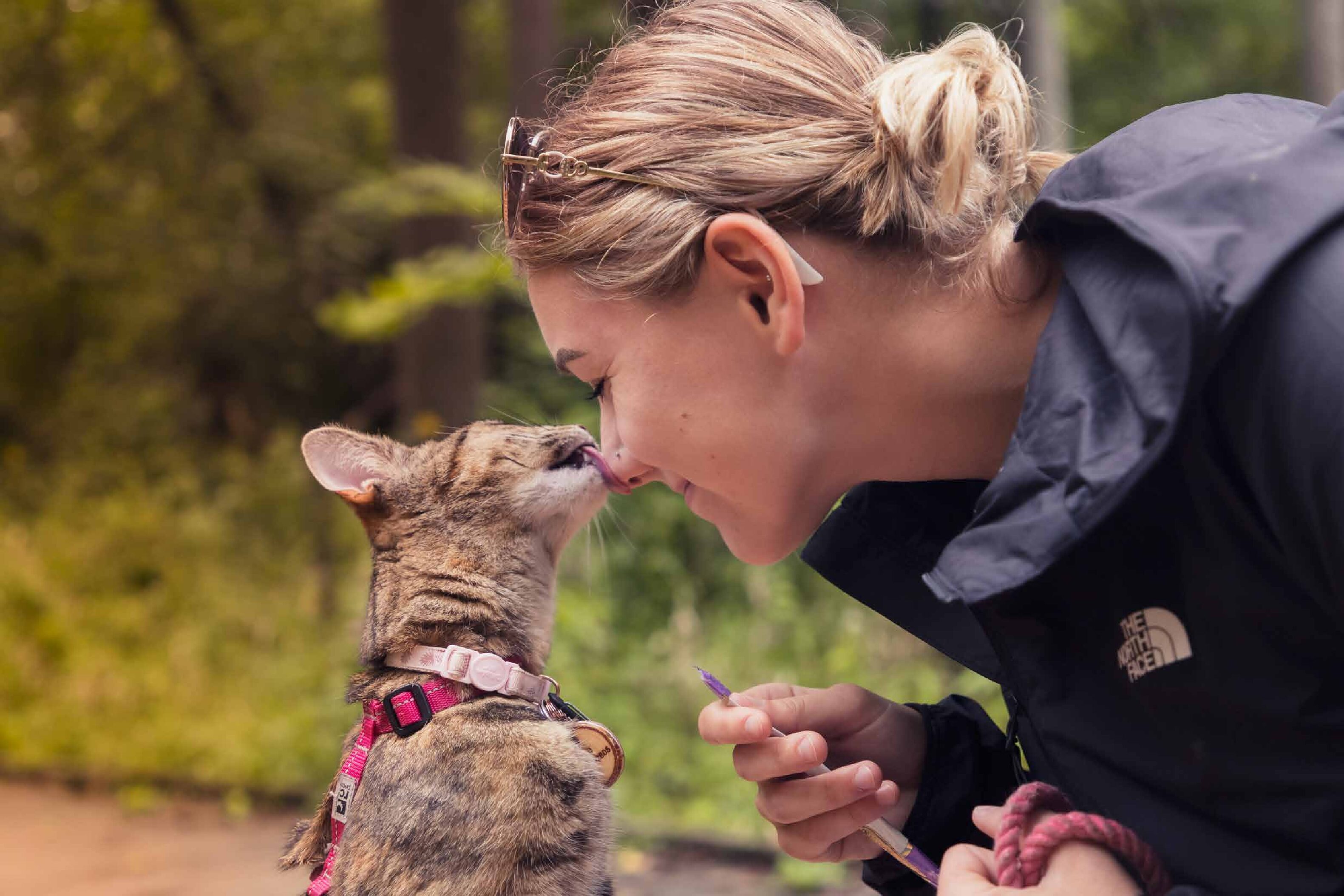

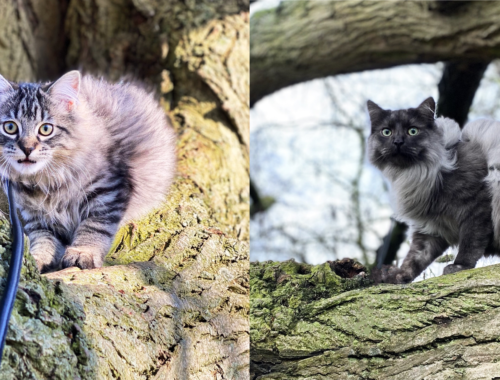
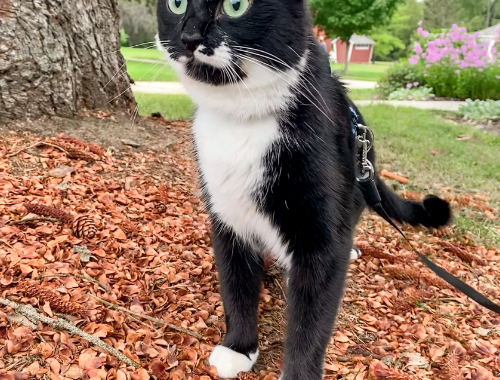
Bringing a new cat or kitten into your home is very exciting, but are you prepared? Cats make such great companions and bring lots of joy and entertainment into their owner’s lives. Check out our list of the top 10 things you should buy before bringing your new family member home?
Food
- There is an overwhelming about of cat food out there. If you have a kitten, be sure to get a kitten formulated food, as they are still growing and require different nutrients than adult cats. There are so many different opinions out there on the different types of diets (dry food vs wet food vs raw, etc.), so we recommend doing your own research, talking to your veterinarian, and picking a plan that works best for you and your cat
Food and water bowls
- This will be essential when their first mealtime comes around. Having access to water at all times is important for cats as well, as they tend to not be the best drinkers. If you notice your cat is not drinking much, explore other options, such as fountains or adding some water into their food. If you notice your cat is pawing the food out of the bowl to eat or leaving it in the corners, it may be due to their whiskers touching the bowls. There are some whisker friendly bowls out there that may be worth a try.
Carrier
- Traveling with your cat is much easier with a good carrier. It also makes trips to the vet easier. Getting them used to the carrier earlier is great, and using it for trips other than the vet helps to not associate it with bad experiences.
- One thing to consider with carriers is access points. Being able to get the in/out through multiple openings is great so that it can be done in the quickest and easiest way for both you and your cat.
Litterbox and litter
- A rule of thumb is to have one litterbox per cat, plus one additional. For a kitten, having one with lower walls is better so that it is easier for them to step in and out of. There are many options available, in terms of covered vs non-covered, shapes, sizes, etc. Different cats prefer different types, so do not be afraid to try a couple different ones
- Just like litterboxes, there are lots of options on the market for litter, including clay, pine, silicone, etc. And again, different cats have different preferences. This is something you may have to experiment with as well. If you have more than one litterbox, maybe you could try using a different litter in each and see which litter your cat prefers.
Cat Bed
- You may not need to buy an actual cat bed, but having a pillow or some blankets in an area dedicated for your cat will help them settle in. Feeling like the have a spot that is their own is comforting to them.
- Tip: sometimes something as simple as a cardboard box with a blanket in is all you need!
Collar and ID tag and/or microchip
- Microchips are becoming very popular, and many shelters do this before adopting cats out. If your cat gets out, and someone finds it, they can take it to a vet or shelter to get scanned for a microchip. The microchip number will be registered to your name and phone number to get in contact with you.
- A collar with ID tag is important if your cat gets out as well. But be sure that the collar is not too tight, and that as the kitten grows, you continue to check it and adjust when necessary so that it does not get too tight and dig into their neck. You should be able to fit two fingers underneath the collar. Also, if your cat gets out, the collar can get caught on things and leave them trapped somewhere. For this reason, a breakaway collar would be a better choice.
Toys
- Kittens have lots of energy. They need lots of toys to keep them entertained. Having toys that you use to play with them can also help establish and strengthen your bond with them as they are still getting to know you. Adult cats also need play time, as a bored cat can become destructive. A variety of toys is great, as you never know which ones your cat will like and which they will not. Some examples include catnip toys, wand toys, crinkle tunnels, and even battery operated interactive toys.
Scratching post and/or cat tree
- Cats love to scratch and claw things, including your furniture. They can rip up your couch, bed, rugs, and many other things. They also love to climb, which can include things such as your curtains, shelves, tables, and more. A great way to help reduce this is having a designated scratch post for them or a cat tree for climbing. This does not mean your cat will not try to claw and climb your furniture, but when they do, you can redirect them to these items instead to help teach them what they can use.
- Note that it may take time for your cat to learn what they can and cannot scratch, so be patient and consistent with their training.
Grooming equipment
- Nail clippers are a great thing to buy ahead of time, because starting to teach them that process can be super helpful in the future. Some cats hate getting their nails trimmed due to not having much experience with it. Clipping them every other week while young can help acclimate them.
- A brush is great to have for cats, as many do shed quite a bit. Even if they do not shed much, some cats do still enjoy being brushed.
- Dental care is very important in cats. You can talk to your veterinarian about cat friendly toothbrush and toothpaste, as well as a brushing schedule. There are also dental treats you can give to help with their teeth or water additives that you can add to their water bowl if they will still drink it.
Treats
- Giving your cat a few treats while they are settling into their new home is helpful in making them feel comfortable. They are also a great way to reward your cat when they are doing something good. Whether that is using the litterbox, coming to you when called, or stopping scratching the furniture when asked.
- Keep in mind to not over do it with the treats, as weight gain can occur. There are treats smaller in size meant for training treats that might be a good option for this.
Hopefully this list can ease your mind as you prepared to welcome home your new cat or kitten. We want to help make the transition as easy and stress free as possible for both you and your new furry friend!

Previous
MEET REED
You May Also Like

HOW TO GET YOUR CAT TO LOVE THEIR BACKPACK
June 12, 2020
Meet Otje And Pluk
September 3, 2021

